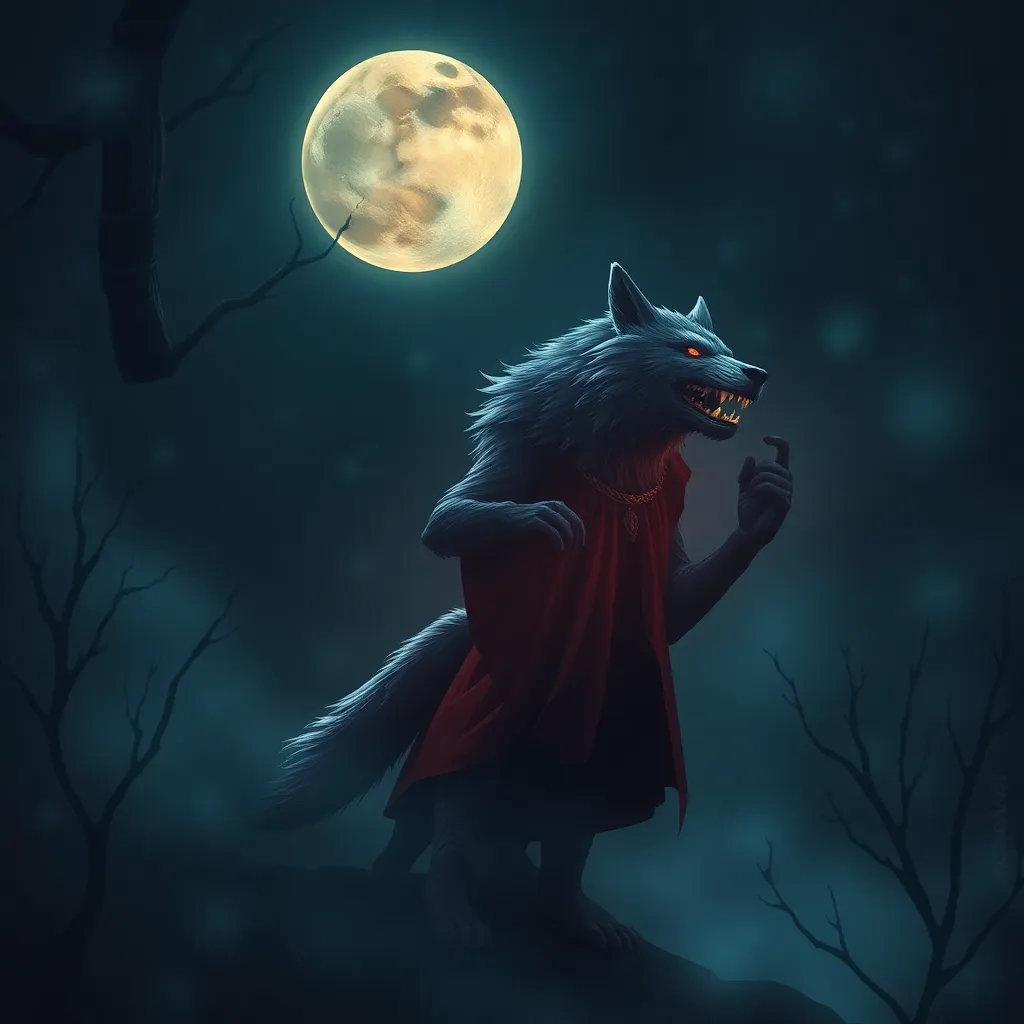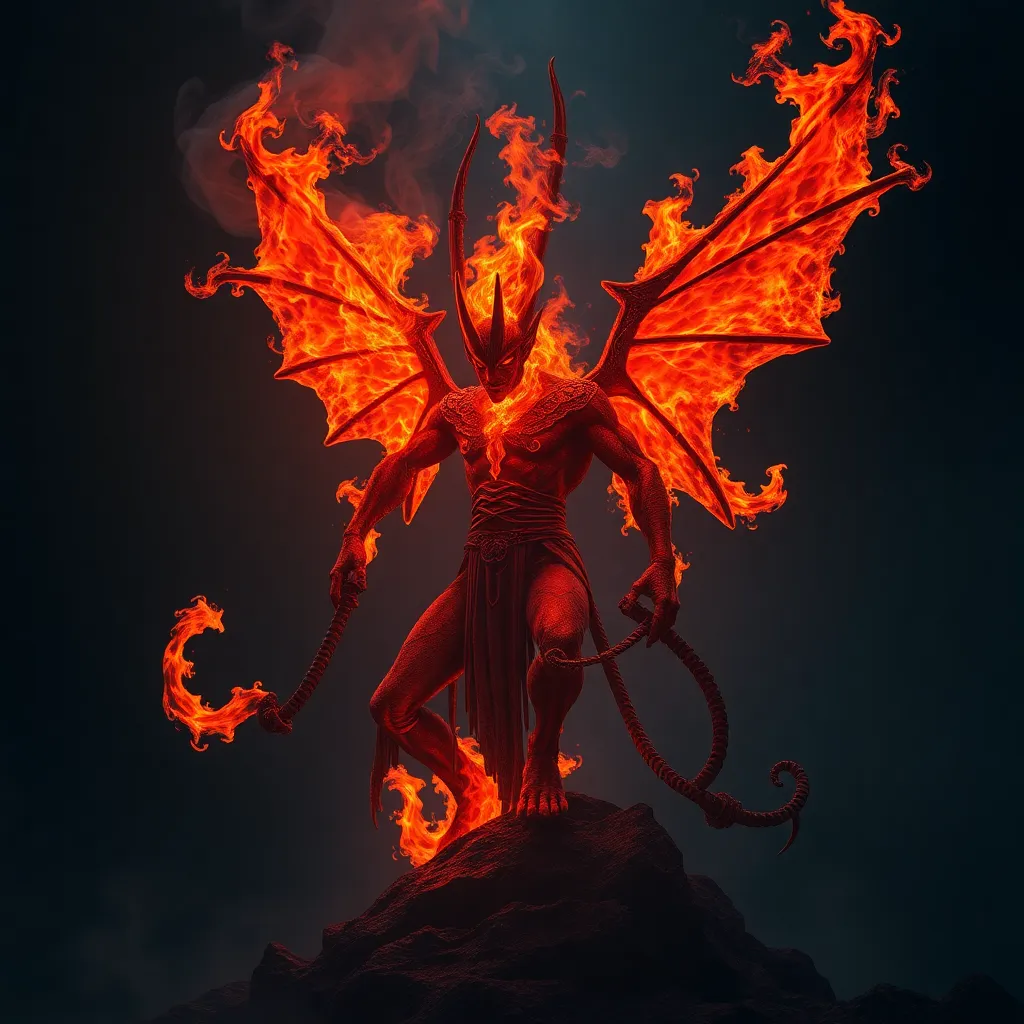The Orcish Pantheon: Exploring the Deities of Orcish Mythologies
I. Introduction to Orcish Mythology
Orcish mythology is a rich tapestry of beliefs, stories, and traditions that play a vital role in the culture of Orcish peoples. Mythology serves as a foundation for their worldviews, providing explanations for natural phenomena, moral guidance, and a sense of identity. It integrates history, religion, and the values that shape Orcish society.
The Orcish pantheon consists of a variety of deities, each representing different aspects of life, death, and the universe. These gods and goddesses are deeply woven into the fabric of Orcish life, influencing everything from social structures to personal conduct.
II. The Creation Myths of the Orcs
The creation myths of the Orcish people vary widely, reflecting the diversity of their tribes and clans. Some of the most notable stories include:
- Gruumsh’s Vision: Some legends tell of Gruumsh, the One-Eyed God, creating the Orcs from the very earth itself, infusing them with strength and ferocity.
- The Shattering of the World: Other tales speak of a great cataclysm that divided the world, with the Orcs emerging as survivors, chosen by the gods to reclaim the land.
- Forged in Battle: Many myths emphasize the belief that Orcs were forged in the fires of war, shaped by the struggles against enemies and adversaries.
In these myths, the deities play crucial roles in shaping the Orcish world, guiding their creation, and instilling their values and strengths.
III. Major Deities of the Orcish Pantheon
The Orcish pantheon features several major deities, each embodying specific traits and values:
A. Gruumsh: The One-Eyed God of War
Gruumsh is the chief deity of the Orcs, known for his relentless nature and fierce disposition. He represents war, conquest, and dominance. His single eye symbolizes his all-seeing judgment and his drive for power.
B. Shargaas: The God of Darkness and Stealth
Shargaas embodies the shadows and cunning tactics of war. He is revered by those who prefer stealth over brute strength, often worshipped by assassins and spies. His dark nature emphasizes the importance of subtlety in achieving goals.
C. Bahgtru: The God of Strength and Loyalty
Bahgtru is celebrated for his immense physical strength and loyalty to his kin. He is often invoked during times of trial, symbolizing the importance of camaraderie and support among Orcs.
D. Other Notable Deities and Their Attributes
- Ilneval: The god of strategy and war tactics.
- Grumsh’s Consort: The goddess of fertility and the earth, representing the nurturing side of Orcish life.
- Hruggek: The god of brutality and bloodshed, often called upon during battle.
IV. The Nature of Orcish Worship
Orcish worship is characterized by vibrant rituals and ceremonies that honor their deities. Common practices include:
- Blood Sacrifices: Offerings made to the gods, often involving the blood of animals or captured foes.
- War Dances: Ceremonial dances that celebrate victories and invoke blessings for strength in battle.
- Ritual Feasts: Communal gatherings that honor the gods and reinforce community bonds.
Shamans and priests serve as intermediaries between the deities and the Orcish people, conducting rituals and offering guidance based on divine insights. These leaders are respected figures within Orcish society.
V. The Influence of Orcish Deities on Society and Culture
The Orcish pantheon significantly shapes their values and ethics, emphasizing strength, loyalty, and honor. Key influences include:
- Valor in Warfare: The reverence for Gruumsh underscores the importance of bravery and honor in battle.
- Community and Kinship: The loyalty promoted by Bahgtru fosters strong bonds within tribes, leading to collective identity and support.
- Art and Storytelling: Myths and legends about the gods inspire Orcish art, music, and oral traditions, preserving their culture.
VI. Interactions Among the Deities
The relationships among the Orcish deities are complex, filled with rivalries, alliances, and conflicts. Notable interactions include:
- Gruumsh and Shargaas: Their conflicting natures often lead to disputes over the best approach to warfare.
- Bahgtru and Ilneval: They sometimes work together to strategize battles, blending strength and cunning.
- Mythical Conflicts: Stories of battles among the gods reflect the struggles of mortal Orcs, serving as allegories for their own challenges.
VII. Modern Interpretations and Adaptations
In contemporary societies, Orcish views of their pantheon have evolved. Many Orcs now balance traditional beliefs with modern influences:
- Integration into Daily Life: Deities are still invoked in rituals but also incorporated into everyday values and ethics.
- Popular Culture: Orcish deities and myths have made their way into literature, video games, and movies, influencing wider narratives and character designs.
VIII. Conclusion
The Orcish pantheon remains a cornerstone of Orcish identity, playing a crucial role in their mythology and culture. The stories of their deities not only provide insight into the beliefs of the Orcish people but also reflect their struggles, values, and aspirations.
As Orcish societies continue to adapt and evolve, the legacy of their mythologies endures, reminding them of their rich heritage and the divine forces that shape their lives.



